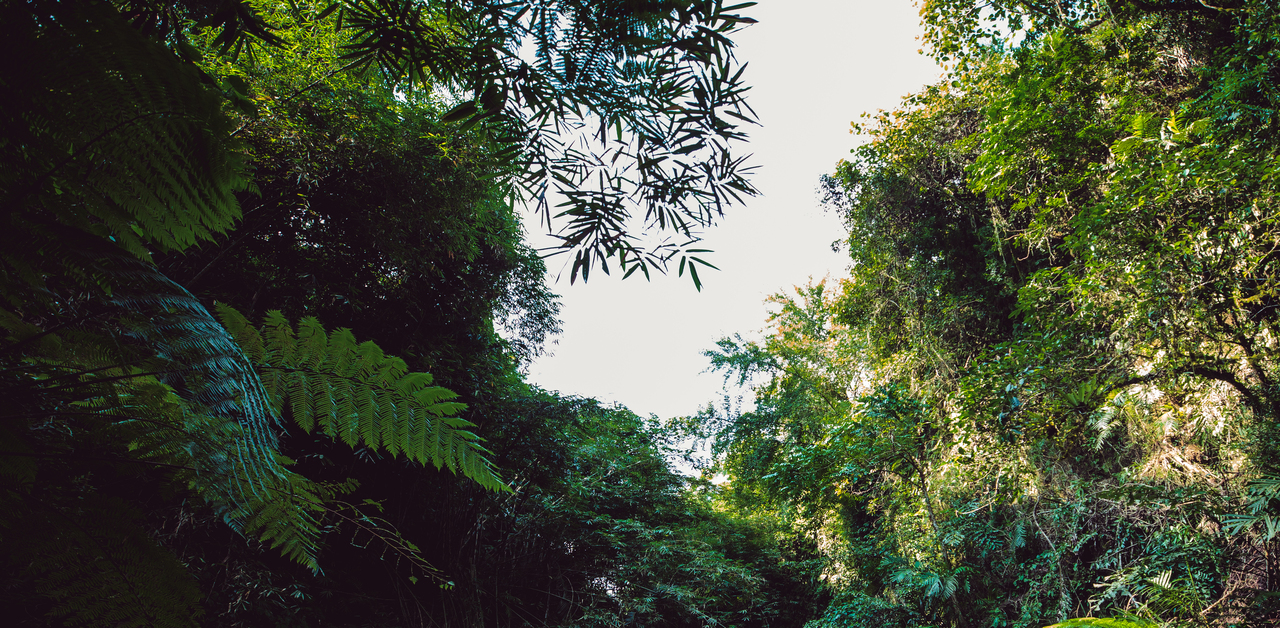Forests like Tropical deciduous forests are commonly referred to as the lungs of our planet due to the contribution they make to the ecology and supporting life on earth.
Tropical deciduous forests are unique because of their rhythmical seasonal loss of leaves and great levels of biodiversity, as they are among the different kinds of forests distributed throughout the world.
These forests, which are widely spread in the areas of Asia, Africa, and some regions of South America, are an extremely important resource for both people and animals.
Tropical deciduous forests are ecologically, culturally, and economically vital to be understood to appreciate their significance.
In this article, we discuss the tropical deciduous forests, the distribution of forests, their types, flora, and fauna, and their challenges and conservation efforts etc.
Table of Contents
What are Tropical Deciduous Forests?
The tropical forests, also known as “monsoon forests,” are a forest type located in tropical areas that have wet and dry seasons.
Contrary to the evergreen forests that are always lush and green all year round, the deciduous forests lose their leaves during the season of dryness so as to conserve water.
This attribute makes them look like a cycle, thick and green during the wet seasons, and bare or scrawny during the dry seasons.
Deciduous itself translates as “falling off,” meaning that the trees lose their leaves.
This adaptation is necessary because there is a tremendous seasonal variation in water supply to keep the plants alive in the area.
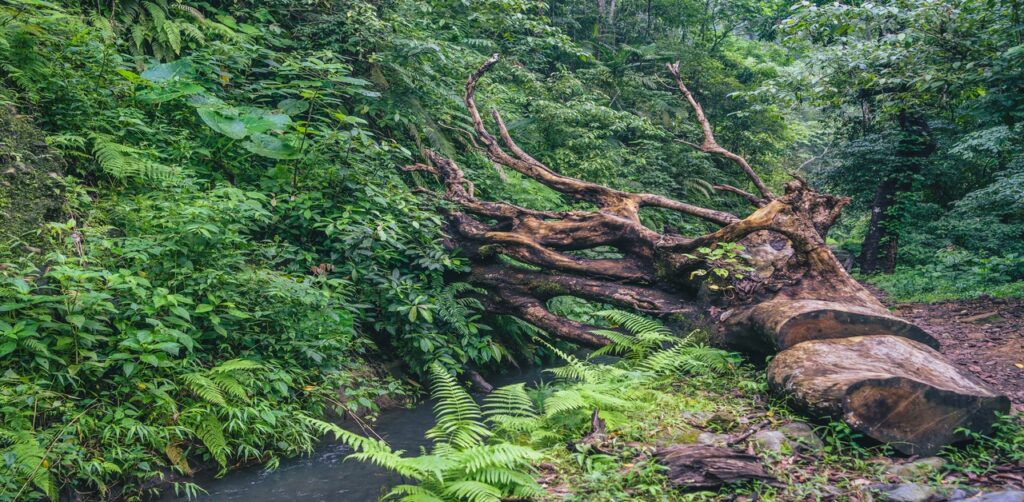
Distribution of Tropical Deciduous Forests
These are found in large quantities in areas where there is a monsoon atmosphere, and rainfall is between 100 to 200cm /year.
Some major regions include:
- India: Tropical deciduous forests are that occur most commonly in the country. They exist in Madhya Pradesh, Chhattisgarh, Odisha, Maharashtra, Jharkhand, and even the Western Ghats.
- Southeast Asia: Countries such as Myanmar, Thailand, and Vietnam host extensive deciduous forest regions.
- Africa: These forests exist in Africa, especially in Tanzania and Zimbabwe, as well as portions of the Sudanian zone.
- South America: There are also tropical deciduous forest pockets in Brazil and Venezuela.
Their global presence highlights their adaptability and ecological importance across different continents.
Types of Tropical Deciduous Forests
In India and elsewhere, there are two general types of tropical deciduous forests, depending on the expected rainfall received:
1. Moist Deciduous Forests
- Occurrences in areas where it receives between 100 -200 cm of rainfall per year.
- The trees are dominated by species such as teak, sal, shisham, mahua, bamboo, and sandalwood.
- Trees are upright (20 meters-30 meters), with thick canopies during the rainy season.
- Full of wildlife such as tigers, elephants, bison, deer, and a variety of birds.
- They occur commonly in the foothills of the Himalayas, along the Eastern Ghats, and in the northeastern states of India.
If you want to buy a book of the “Oxford Student Atlas for India“, then you should visit here.
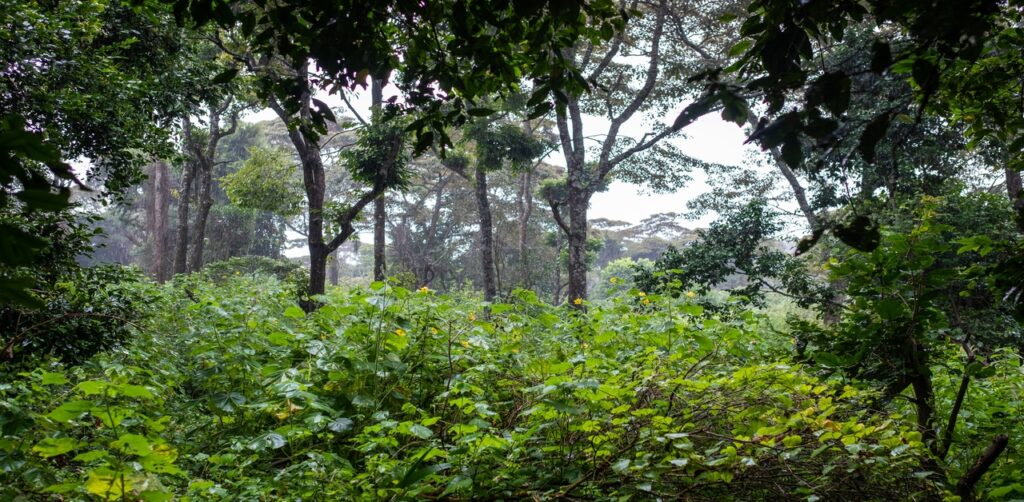
2. Dry Deciduous Forests
- Occurs in regions that receive 70 to 100cm of rain per year.
- They are shrub trees, which are shorter (10-15 meters) and lose their leaves entirely during the dry season.
- Teak, neem, palash, babool, and tendu are some of the dominant species.
- Species adapted to open and drier environments, including langurs, nilgai, wolves, and peafowls, constitute wildlife.
- Usually in rain-shadow areas in central and southern India.
Such a classification demonstrates that even within the group of deciduous forests, forests self-adapt to the local climatic conditions.
If you want to read about Tropical Evergreen and Semi-Evergreen Forests, you can click on it.
Flora and Fauna
Flora
Commercially valuable timber trees are known in tropical deciduous forests. Some of the most useful ones would be teak and sal, which are wood sources that are durable and usable in construction and furniture.
The use of other species, such as tendu leaves, is also common in preparing traditional Indian bidis (hand-rolled cigarettes ).
There are also fruit-bearing trees like mahua that are culturally and economically relevant in the tribal community.
Fauna
The flora of these forests is also very rich. Such large mammals as tigers, leopards, elephants, and gaurs live in these areas and are very important to the conservation of wildlife.
Smaller animals such as jackals, foxes, and rodents also take refuge here.
The ecological richness of the forest comprises reptiles, amphibians, and species of birds like parrots, hornbills, and woodpeckers.
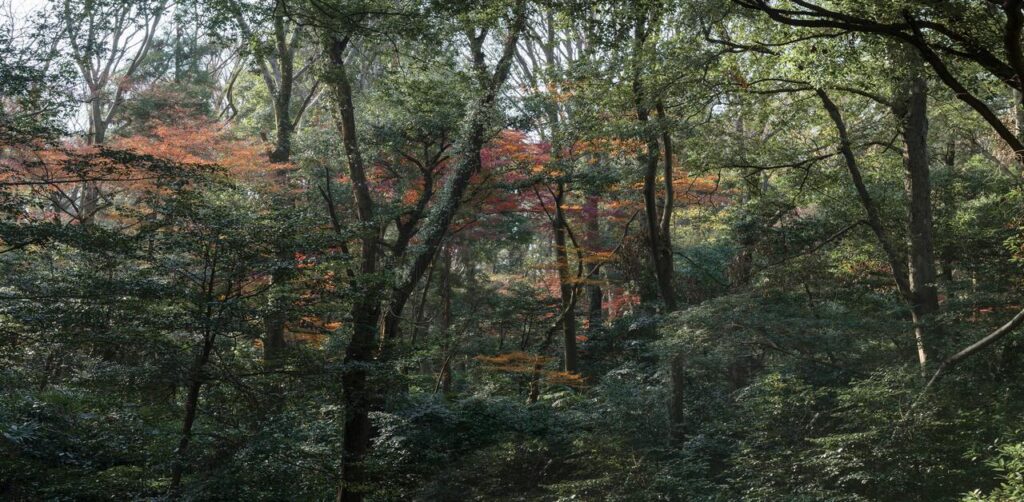
Importance of Tropical Deciduous Forests
1. Ecological Balance: These forests control the cycle of water, soil erosion, and, as carbon sinks, they contribute to the fight against climate change.
2. Biodiversity Hotspots: They are the home to myriad varieties of species of plants, animals, and microorganisms, ensuring genomic variety.
3. Economic Value: Timber, fruits, medicinal plants, among other forest products, are necessary to the local communities and industries.
4. Livelihoods: Tribal and rural access to these forests supports food, shelter, and income to millions of tribal and rural people.
5. Cultural Importance: Traditional activities that are associated with such forests and sacred groves point to their importance in the local culture.
Challenges to Tropical Deciduous Forests
Although they are important, tropical deciduous forests are subjected to many challenges:
1. Deforestation: Huge clearance of forests to make way for agriculture, mines, and urbanization has diminished their size.
2. Over-exploitation: It is the overlogging of the problematic and precious trees, such as teak and sal, which endanger their existence.
3. Poaching of Wildlife: Poaching and hunting have endangered the lives of numerous animal species, such as tigers, elephants, among others.
4. Forest Fires: Dry deciduous trees are highly susceptible to summer fires.
5. Climate Change: Abnormal rainfall and temperature increase are breaking the fine balance of these ecosystems.
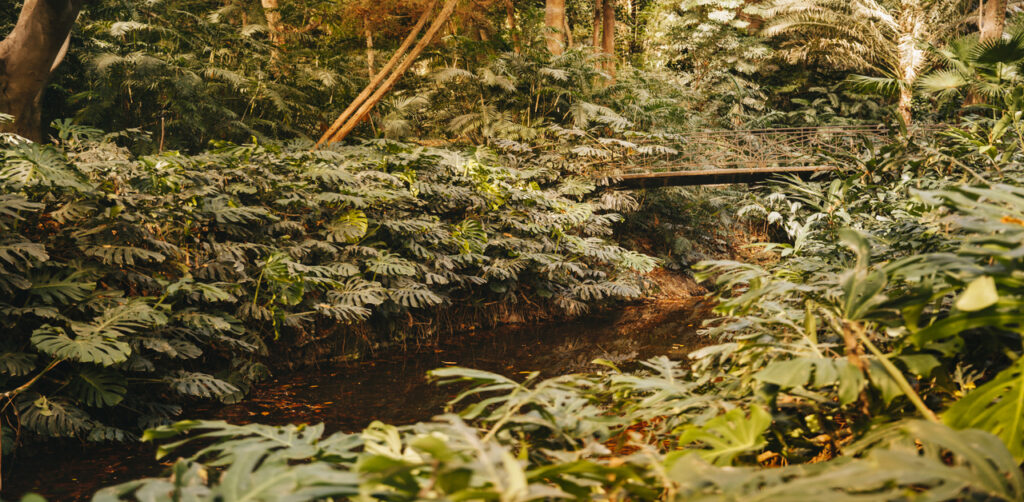
Conservation Efforts
In order to defend these forests, a number of actions are being performed:
1. Protected Areas: The creation of national parks, wildlife, and biosphere reserves is one way of preserving biodiversity. These are Kanha National Park, Bandhavgarh, and Simplipal wildlife sanctuaries.
2. Afforestation and Reforestation: Planting native species to replace deteriorated forest areas is one of the strategies.
3. Community Participation: Such programs as Joint Forest Management (JFM) engage the local communities in protecting forests.
4. Legal Protection: Laws such as the Forest Conservation Act (1980) and the Wildlife Protection Act (1972) safeguard forests and wildlife in India.
5. Awareness and Education: Spreading awareness about the value of forests fosters a sense of responsibility among people.
Conclusion
A good example of the way of adaptation of nature adapts to changing conditions is the tropical deciduous forests.
Their shedding and growing cycle throughout the year not only offers them survival but also establishes a special linkage to support a variety of life.
On the one hand, maintaining an immense ecological, economic, and cultural value, the growing pressures of human activity put them under threat.
Not only are the tropical deciduous forests being preserved to save the trees and animals, but also to save the sustainability of human life itself.
In the capacity of being global citizens, we should have the perception of the importance of these forests and do something to protect them.
The health of our future and a green future hinges on the way we treat and preserve these natural treasures in this day and time.

